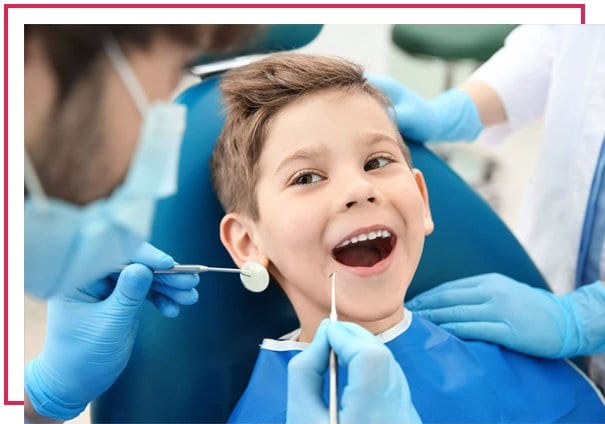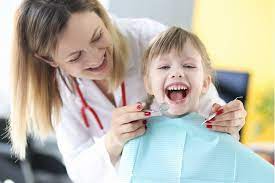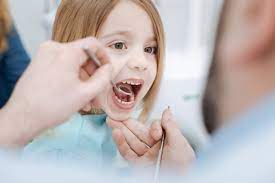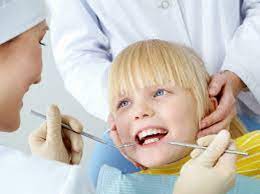What is Pedodontics?
Pedodontics, a term derived from Latin, means "child teeth." Pedodontics (Pediatric Dentistry) is the preservation and treatment of the primary and permanent teeth of children aged 0-12 years in a healthy manner.
Milk teeth usually begin to erupt around the sixth month after birth, and a total of 20 milk teeth are completed by the age of 2.5 years. Milk teeth show structural and anatomical differences compared to permanent teeth, and these differences make them more susceptible to decay and wear. Although the most important function of these milk teeth is to support the child's nutrition, they also have roles in speech, aesthetics, and holding space for future permanent teeth. Children with decayed milk teeth may experience pain during feeding, leading to inadequate nutrition, and decayed milk teeth may also lose size, resulting in insufficient space for permanent teeth. This can invite potential crowding issues in the future.
From the age of 6, permanent teeth begin to erupt, and during this period until the age of 12, both milk and permanent teeth are present in the oral environment. If there are decayed milk teeth during this mixed dentition phase, they pose a risk of decay for permanent teeth as well. Additionally, treatments for newly erupted permanent teeth can be distinct from those for mature permanent teeth, requiring specialized expertise. A pedodontist monitors children's oral and dental health as well as jaw and facial development from infancy, conducting all preventive and therapeutic interventions as needed.
Who is a Pedodontist?
After completing their 5-year undergraduate education in Dentistry, dentists who have received specialization or doctoral training in the Pedodontics Department, which is part of the Clinical Sciences in Dental Faculty, are referred to as pedodontists or pediatric dentists.
What do Pedodontists do?
They ensure that children do not develop a fear of the dentist (dental phobia) and turn dental treatment into an enjoyable game for kids.
They identify the child's risk group for cavities and create personalized preventive programs.
They inform both the child and the family about oral-dental care.
They regulate the child’s nutritional habits.
They organize and apply preventive treatments that can be performed before tooth decay occurs (such as sealants and fluoride treatments).
They perform restorative and endodontic treatments on milk and young permanent teeth (fillings, root canal treatments, amputations).
They monitor the regular progression of the child's jaw and dental development.
They provide preventive orthodontic treatments.
They conduct therapies aimed at stopping bad oral habits (thumb sucking, nail biting, pencil chewing, etc.).
They perform extractions of milk teeth and, if necessary, make space maintainers and child prostheses.
If a child has experienced dental trauma, they manage follow-up and treatment related to it.
They perform dental treatments for children with special needs under sedation or general anesthesia in surgical conditions.



